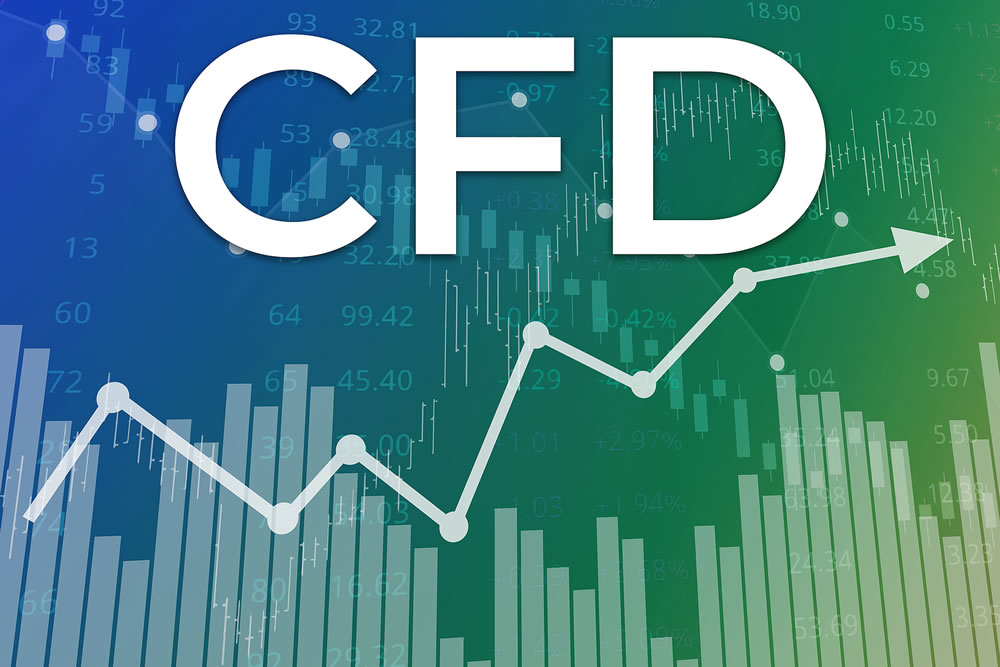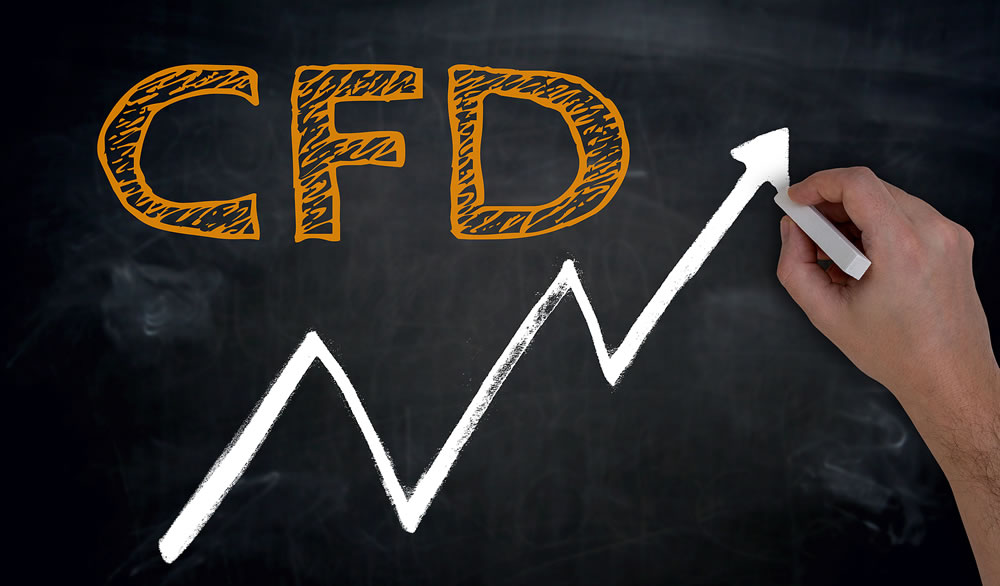Looking to diversify your investment portfolio in 2023? From cryptocurrencies to non-fungible tokens, there are myriad ways to do just that and potentially make some excellent returns if you’re willing to play the long game – and with the ongoing economic pressures that are set to characterise the year, there could be some great chances to take advantage of low stocks and shares prices.
But if you’ve explored all of the most obvious avenues and are keen to try something new, then CFD – or ‘contract for difference’ trading could be the way to go.
CFD trading might not be quite as much of a hot topic as, say Bitcoin or NFTs, but over the past 30 years, it has been a rapidly growing industry that has seen surging significance within financial services. Today, CFDs account for almost a quarter of the UK’s daily stock market turnover and have proved to be of particular interest to both private investors and professional hedge funds alike – so if you think they’re ‘old hat’ or that they’re not worth taking the time to learn about, then you might want to think again.
If you’re scratching your head and wondering, ‘what is CFD trading anyway?’, then look no further, because here’s all you need to know if you’re considering dipping your toe in the water this year.
What is a CFD?
In order to fully understand what opportunities are presented by CFDs and whether or not this particular avenue is right for you over the year ahead, it’s important to understand what exactly a CFD is in the first place.

A CFD (Contract for Difference) is an agreement to exchange the difference in the value of a financial product from the time the contract is opened until the time at which it is closed. The difference between these two values, which can at times, vary quite significantly, is considered the ‘contract for difference’ itself.
How does CFD trading work?
As a derivative product, the value of a CFD is based upon an underlying asset, which means that the investor never truly owns the underlying asset. Instead, they simply agree to exchange the cash difference based on fluctuations in market price. CFDs are, for all intents and purposes, a tradable instrument that follow the movements of the underlying asset itself, and investors can use them to trade on live market price movements to enable them to take a position on the future value of an asset, whether they imagine that to be higher or lower than its current price.
To operate with CFDs, it is necessary to deposit a Guarantee Margin; i.e. a reduced percentage of the value of the transaction to guarantee fulfilment at the due date – which is one of the major areas in which CFD trading varies from other types of trading.
The minimum and maximum Guarantee Margins (or margins) vary for each type of instrument and according to the chosen operation (intraday or multiday).
CFDs come with a host of other advantages for investors, too, including the ability to exploit the leverage effect using only a percentage of the equivalent value, to keep positions open for as long as you like and the fact that no commission applied to orders. Unlike what usually happens in regulated markets, you do not have to pay a trading commission for each individual position opened or closed, which is just one of the many reasons some traders favour CFDs over the alternatives.

It’s important to note that CFD trading does carry a high degree of risk. The amount of the margin is reduced compared to the value of the contracts, and it’s this that produces the so-called ‘leverage effect’. This method of trading assumes full knowledge of the financial markets and the related operating mechanisms, so if you’re a novice, then taking the time to learn the subject and gain a thorough understanding of the market is key to any potential success.
Although margining is generally considered to be one of the more advantageous aspects of CFD trading, the structure of the operation envisages the use of automatic stop loss orders which are activated before the zeroing of the margin, and if the market trend shows sudden and highly negative variations (reductions in the case of long positions, increases in the case of short positions), the realised loss could potentially exceed the initially invested capital (margin), which will ultimately also affect your personal assets and could land you in trouble.
For example, on indices, the intraday minimum margin can range from five to ten percent, while the multiday maximum margin goes up to 100 per cent. Unlike CFDs on UK shares, which can only be traded intraday, the intraday margin varies from 20 per cent to 100 per cent. CFDs with underlying volatility futures have an intraday margin ranging from 20 to 30 per cent, and a multiday margin ranging from 30 to 100 per cent.
The CFD therefore allows you to take advantage of the so-called ‘leverage effect’, i.e. the multiplication of the return (positive or negative) of a sale transaction with respect to the invested capital, understood as the ratio between the result achieved (difference between the countervalue of the purchase and of the sale) and the margin.
What are the risks of trading leveraged CFDs?
CFDs are complex instruments and come with a high risk of losing money rapidly due to leverage. Up to 70 per cent of retail investor accounts lose money when trading CFDs which, for many would be traders, is off-putting. Nevertheless, there are still some opportunities to be taken advantage of, and spending the time to learn the ropes and devise a sound strategy has put many investors in an excellent position in the longer term.
CFD trading certainly isn’t something to rush into, and if it sounds complicated, that’s because it is – but if you’re prepared to study extensively, take risks, sit tight and play the long game then who knows what rewards may come your way?
Disclaimer: Investing money carries risk, do so at your own risk and we advise people to never invest more money than they can afford to lose and to seek professional advice before doing so.






















